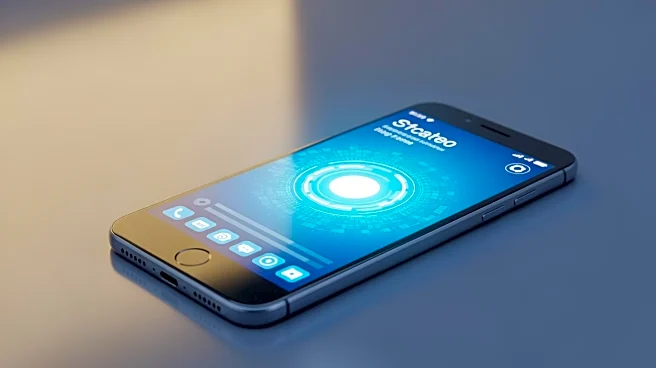What's Happening?
Surgeons from Dundee and the US have completed a world-first stroke procedure using a robot. Prof Iris Grunwald performed a remote thrombectomy on a human cadaver, demonstrating the potential for remote stroke treatment.
The procedure was carried out using robotics from the Lithuanian firm Sentante, with tech giants Nvidia and Ericsson ensuring connectivity. This innovation could transform stroke care by providing access to specialist treatment regardless of location.
Why It's Important?
The ability to perform remote stroke surgeries using robotics represents a significant advancement in medical technology. This innovation could address the inequity in stroke treatment access, particularly for patients in remote areas. By enabling specialists to perform procedures from anywhere, this technology has the potential to improve patient outcomes and reduce the time-sensitive nature of stroke treatment. The success of this procedure marks a step forward in the integration of robotics in healthcare.
What's Next?
The team hopes to participate in clinical trials next year to further validate the technology's effectiveness in real-world scenarios. If successful, this could lead to widespread adoption of robotic-assisted stroke surgeries, potentially revolutionizing stroke care. Continued collaboration with technology companies will be essential to ensure the reliability and connectivity of the robotic systems.











